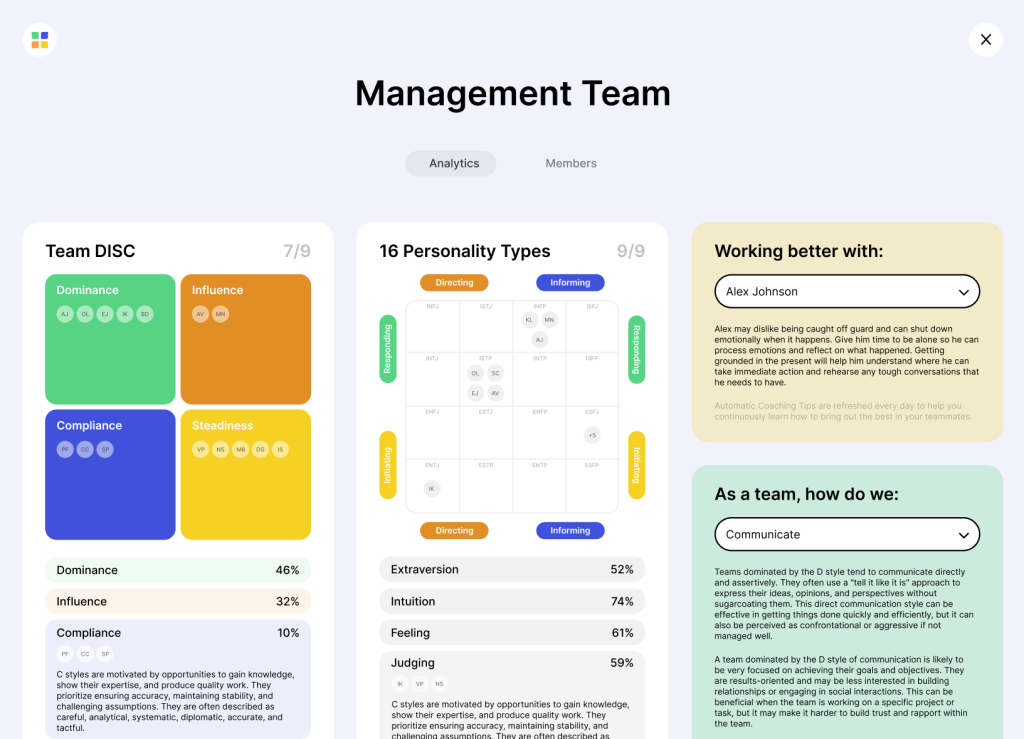An attachment style is a way in which we relate to others in our lives, especially when it comes to close relationships.
It is usually based on our experience with our parents or primary caregivers during childhood and the way they interacted with us.
Attachment Styles are usually described as Secure, Anxious-Ambivalent, Dismissive-Avoidant, or Fearful-Avoidant.
In this article, we will focus on the various attachment styles and how they can impact our lives. Let’s get right into it.
What Is An Attachment Style? Definition & Meaning
Your attachment style is the way that you relate to other people in your life. It’s based on the way that you were raised and the experiences that you had in your early years.
Since different people are raised in different ways, they can have different attachment styles. And, since your attachment style is based on your early experiences, it can be changed by having new experiences.
The Four Types of Attachment Styles: Explained in Details
Let’s now go into more detail and explore the four types of attachment styles.
Secure Attachment
People with a secure attachment style feel comfortable being close to others and don’t mind depending on them. They’re not afraid of intimacy and are usually trusting and supportive.
Securely attached people tend to have healthier relationships because they’re able to give and take without feeling overwhelmed or like they’re losing themselves. If you have a secure attachment style, you likely had a parent or caregiver who was responsive to your needs and made you feel safe.
Anxious Attachment
Anxious attachment is when you want to be close to someone but also worry that they don’t want to be as close to you. People with an anxious attachment style often feel like they need constant reassurance from their partners.
People with an anxious attachment style often experienced inconsistency from their caregivers when they were young. They might have had a parent who was loving at times and then distant at others. Or, they may have had a parent who was physically present but emotionally unavailable.
Anxious attachment can lead to a vicious cycle in relationships. Because people with an anxious attachment style crave closeness, they might try to control or cling to their partner.
But then, their partner may feel suffocated and pulled away, which then causes the person with an anxious attachment style to feel even more insecure.
Avoidant Attachment
Avoidant attachment is when you value your independence and don’t need close relationships to feel happy. People with an avoidant attachment style are often afraid of intimacy and may have trouble trusting others.
People with an avoidant attachment style might have experienced neglect or rejection from their caregivers when they were young. They might have had a parent who was emotionally distant or unavailable.
Or, they may have had a parent who was physically present but not very loving. Because people with an avoidant attachment style want to be independent, they may seem emotionally distant or even dismissive in their relationships.
They might have trouble communicating their needs or feelings to their partner.
Fearful-Avoidant Attachment
Fearful-avoidant attachment is a mix of both anxious and avoidant attachment. People with a fearful-avoidant attachment style want close relationships but also feel they can’t trust people. They might have trouble being open and intimate with their partner.
People with a fearful-avoidant attachment style likely had caregivers who were inconsistently available when they were young. They might have had a parent who was loving at times and then abusive at others.
Because people with a fearful-avoidant attachment style are afraid of intimacy and don’t trust easily, they may have trouble sustaining close relationships. They may seem hot and cold with their partner or may have a hard time committing to a relationship. Take a free attachment style assessment to discover yours.
Signs Of Attachment Styles
Here is a list of the key signs for each attachment style.
Secure Attachment Style
- You are comfortable with intimacy and don’t worry about your partner leaving you.
- You trust your partner and feel secure in the relationship.
- You feel close to your partner and can openly communicate with them.
- You can be yourself around your partner and feel accepted by them.
- You are supportive of your partner and vice versa.
Anxious Attachment Style
- You tend to be clingy and need a lot of reassurance from your partner.
- You worry about your partner leaving you or being unfaithful to you.
- You often feel insecure in the relationship and look to your partner for validation.
- You find it difficult to trust your partner and may be suspicious of their actions.
- You need constant reassurance from your partner and may become jealous easily.
Avoidant Attachment Style
- You tend to keep your distance from your partner and find intimacy uncomfortable.
- You are independent and don’t like to rely on others for support.
- You find it difficult to trust others and may have difficulty being vulnerable.
- You often avoid discussing your feelings with your partner or may seem emotionally distant.
- You prefer to spend time alone or with friends rather than with your partner.
Fearful-Avoidant Attachment Style
- You have a mixture of both anxious and avoidant attachment styles and find it difficult to trust others.
- You often feel insecure and confused in relationships.
- You tend to swing between needing a lot of reassurance from your partner and pushing them away.
- You may find it difficult to communicate your needs or may seem emotionally distant at times.
- You may have a fear of abandonment or rejection and may become easily jealous.
Examples For All Types of Attachment Style
There are four attachment styles, and each can be applied to any type of relationship. Here are some examples.
Secure Attachment Style
A person with a secure attachment style can form close, intimate relationships and feels comfortable being emotionally open and dependent on their partner.
They trust their partner to be there for them when they need them and feel confident that their relationship will weather any storms.
Insecure-Anxious Attachment Style
A person with an insecure-anxious attachment style often feels anxious and worried in their relationships. They may have a fear of abandonment and feel that they need to constantly cling to their partner to keep them close.
This can often lead to conflict and arguments as the person feels smothered and their partner feels suffocated.
Insecure-Avoidant Attachment Style
A person with an insecure-avoidant attachment style tends to keep their distance from their partners and find it difficult to form close intimate relationships.
They may have a fear of intimacy and feel that they need to protect themselves by not getting too close to anyone. This can often lead to them feeling lonely and isolated as they push away the people who care for them.
Disorganized Attachment Style
A person with a disorganized attachment style may have experienced trauma or abuse in their past which has led them to develop a chaotic and unpredictable attachment style.
They may find it difficult to form close relationships and often swing between feeling close to their partner and pushing them away. This can often lead to feeling confused and overwhelmed in their relationships.
Attachment Styles FAQ
What is attachment style in a relationship?
Attachment style refers to the way we relate to others in our close relationships. It is based on the idea that we all have different ways of approaching and interacting with those we are closest to. Our attachment style is formed early in life, and these early experiences shape the way we see ourselves and the way we expect others to treat us.
What attachment style is most common?
There is no one answer to this question as people can have different attachment styles in different relationships. However, some research has suggested that the most common attachment style is secure attachment. This means that people feel comfortable with intimacy and can trust and rely on others.
What attachment style is clingy?
People with a clingy attachment style often have a deep-seated fear of abandonment. They may be overly dependent on their partner for support and validation and feel insecure when they are not in constant contact. Clingy behavior can be draining for both partners and may lead to conflict or even break-ups. If you think you might have a clingy attachment style, it may be helpful to talk to a therapist or counselor who can help you understand your patterns and learn new ways of relating to others.


